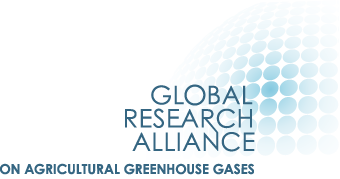Keywords: Livestock population | extrapolation | expert judgement
What data needs were addressed? To construct a time series for livestock populations.
Why was the data needed? Prior to 2012, Romania used a Tier 1 approach for all livestock types. National primary data on the total number of cattle was sufficient for a Tier 1 approach. When a Tier 2 approach was adopted, a time series for the population of cattle sub-categories was needed, but official data did not report cattle sub-categories until 2004.
Methods used: extrapolation, expert judgement, comparison with FAO and EUROSTAT databases.
How was the data need to be addressed? An institute was contracted to produce a time series for the population of cattle sub-categories. Based on their proportions in the 2004 data, for 1989-2003, the following proportions of sub-categories in the total cattle population were assumed:
- Dairy cattle are 56% of the total cattle population
Among non-dairy cattle, - calves for slaughter < 1 year old represent 10.03% of total cattle;
- young cattle for breeding < 1 year old represent 15.3% of total cattle;
- young cattle for breeding between 1-2 years represent 7.97% of total cattle
- male cattle >2 years 0.34%
- female cattle >2 years 5.83%
- males and females > 2 years for slaughter 1%
- cattle for work 1.94%.
Assuming a constant herd structure was in line with expert opinion that herd structure did not change significantly over this period. Since 2004, primary data on all sub-categories have been collected by the National Institute of Statistics (NIS). The data are published in the Statistical Yearbook of Romania and reported by NIS to EUROSTAT, which also publishes the data.
In 2015, the primary livestock population time series were verified by comparing the data in the inventory with data published by FAO and EUROSTAT. It was found that EUROSTAT data round livestock populations to the nearest hundred, causing small errors in the time series. Differences with FAO data were due to the fact that the values for the year X are allocated by FAO of year X-1, and to rounding.
Author: Andreas Wilkes, Values for development Ltd (2019)

